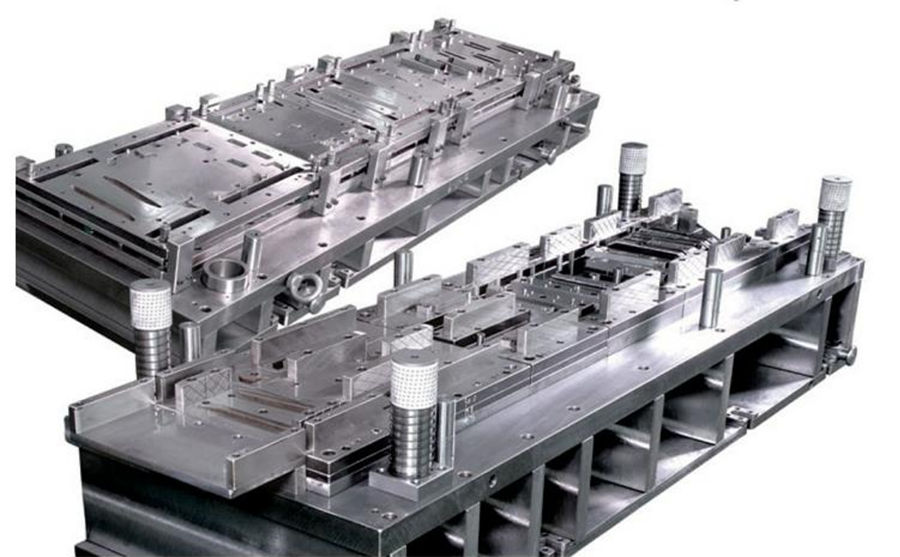Copyright © Zhongshan Yizhiming Hardware Products Co., Ltd. All Rights Reserved. Site Map
- +86-15556359127
+86-13702267899 - yiminwujin@126.com
- Rear factory building, No. 81 Xingpu Avenue West, Huangpu Town, Zhongshan City

Main methods of mold maintenance:
1. Experience method, which is often an effective way to solve problems. It uses the improvement of others or oneself in the past for a certain problem as a reference for maintenance.
2. Observation method: Some mold problems must be carefully observed through the defect of the material strip, and the variation of the work station can be found to solve its problem. Repairing crushing is the main manifestation of this method, but some problems are not as obvious as crushing. If you rely on experience alone, you may not find the root cause of the problem. Therefore, you must carefully observe the variation of the material strip and the mold to truly achieve the purpose of the observation method.
3. Comparison method: Some parts are more complicated. When the size is poor, it is difficult to determine which work station has a problem. This requires comparing this set of molds with the material strips of other molds, or comparing the current material strips with the normal material strips produced before, finding out their differences, and then prescribing the right medicine. When the size is poor, use the comparison method to compare with each molding work station, and you will often find the real cause of the problem quickly.
4. Measurement method: When repairing molds, we sometimes encounter such a phenomenon that several stations may cause a certain size to be bad or deformed. We can find the problem by measuring each station. This is the measurement method. It mainly measures each station of the material strip slowly to find the variation station. For example, this method can be used to repair the bad size after multi-station blanking or station forming.
5. Analysis method: The analysis method can also be said to be a thinking method. It is mainly used to repair problems that have not been encountered before, or to repair molds that have not been touched before. This method is a comprehensive application of the first four methods. This method is often used for the repair of transferred molds or newly opened molds.
6. Improvement method: Each set of mold design is not perfect, and there are always more or less deficiencies. When such deficiencies cannot meet the production requirements during the production process, problems that are difficult to repair will be exposed. They are mainly manifested in design errors and processing errors. For example, some stations have position deviations after calculation, and the upper and lower molds do not match properly. This requires us to improve it, but improvement is not a simple trial, but should be analyzed reasonably, with appropriate solutions, accurate data, and even computers as tools to correct or redesign the problems in the mold.
Mold maintenance method:
1. If the mold reaches 300,000 times, the mold station maintenance must be carried out.
Maintenance content:
A. The punches and inserts of the punching blade must be ground or replaced. The bent punches and inserts must be replaced, repaired, and polished.
B. The bent punches and inserts must be replaced, repaired, and polished.
C. Clean the cavities of each station thoroughly, and check whether the springs and fasteners are damaged, etc.
2. If the die punches 2 million times, the die must be maintained.
Maintenance content:
A. The punch blade must be ground, the bent punch and insert must be replaced and repaired, and the punch insert at the bend must be polished.
B. Check whether the spring is broken or fatigued.
C. Clean the cavity of each station thoroughly.
D. Check whether the screws are loose or broken.
E. Measure and grind the wear of the upper and lower pads, especially the measurement of the notch at the position of the slider. If there is wear, it must be ground.
